Indian Polity and Governance - 3 | Current Affairs & Hindu Analysis: Daily, Weekly & Monthly - UPSC PDF Download
Mediation Council of India
Why in News?
The establishment of the Mediation Council of India (MCI) has gained momentum due to increasing demands for quicker and more affordable dispute resolution mechanisms.
Key Takeaways
- The Mediation Act, 2023 mandates the creation of the MCI, which has faced delays in its formation.
- The MCI's role includes setting rules, certifying mediators, and ensuring adherence to mediation standards.
- A functional MCI is vital for alleviating legal bottlenecks and promoting a business-friendly environment.
Additional Details
- Role of Proposed MCI: The MCI will establish the framework for mediation practices in India, overseeing the education and certification of mediators to enhance transparency and regulation.
- Need for Mediation: Effective mediation offers a flexible and less adversarial alternative to litigation, facilitating mutually agreeable settlements and potentially reducing the burden on the judiciary.
- Businesses are encouraged to utilize mediation, especially as the Commercial Court Act, 2015 mandates mediation attempts before court proceedings.
- Online Dispute Resolution (ODR): The growth of e-mediation services is anticipated, further enhancing the mediation landscape.
- A robust mediation framework can improve India's global standing in commercial dispute resolution, attracting investors and facilitating smoother business transactions.
The establishment of a well-regulated Mediation Council of India is crucial for expediting dispute resolution, enhancing business confidence, and ensuring that mediation becomes a preferred option for resolving commercial disputes.
PM Shram Yogi Maandhan Yojana
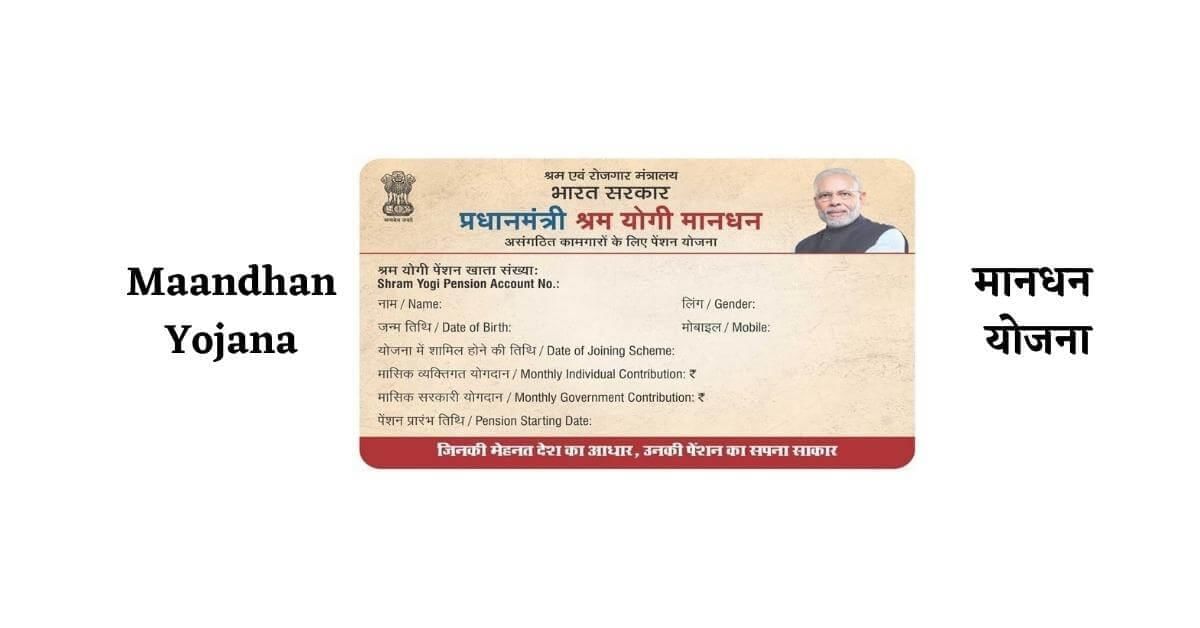 Why in News?
Why in News?
A recent report from the Parliamentary Standing Committee (PSC) has highlighted concerns regarding the poor performance of the Pradhan Mantri Shram Yogi Maandhan Yojana (PM-SMY), which is a pension scheme designed for workers in the unorganised sector.
Key Takeaways
- The scheme, launched in 2019, targets unorganised workers aged 18 to 40 with a monthly income of up to Rs 15,000.
- It promises a pension of Rs 3,000 per month after the worker turns 60, with government matching contributions.
- Enrollment has been significantly lower than expected, with only 5 million workers enrolled by FY24.
Additional Details
- About the Scheme: The PM-SMY is a Central Sector Pension Scheme administered by the Ministry of Labour and Employment, with the Life Insurance Corporation of India (LIC) serving as the Pension Fund Manager.
- Target Beneficiaries: The scheme focuses on unorganised workers such as street vendors, domestic workers, construction labourers, and agricultural workers.
- Contribution Structure: Workers must contribute a monthly premium between Rs 55 to Rs 200, depending on their age, while the government matches this contribution.
- Pension Benefits: Upon reaching the age of 60, workers will receive a monthly pension of Rs 3,000, with the spouse receiving 50% of the pension if the worker passes away before age 60.
- Challenges Identified: The scheme has faced issues such as low enrollment and reduced government funding, with contributions halved over two years.
- Impact of Covid-19: The pandemic has exacerbated the financial challenges faced by unorganised workers, making it harder for them to contribute to the scheme.
- Structural Barriers: Many workers lack formal employer-employee relationships, leading to difficulties in accessing the scheme due to insufficient documentation.
- Recommendations for Improvement: Suggested measures include expanding the eligibility age to 50, merging with other schemes, utilizing the e-Shram portal for better outreach, introducing Direct Benefit Transfers (DBT), and launching awareness campaigns.
In summary, the PM Shram Yogi Maandhan Yojana aims to provide financial security for unorganised workers, but it faces significant challenges that need to be addressed to improve its effectiveness and reach.
Good Governance Day 2024
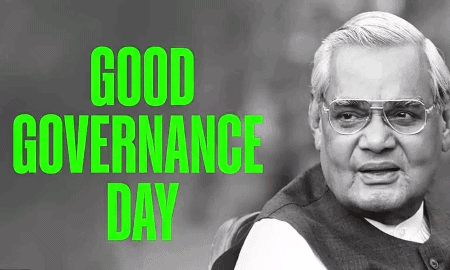
Why in News?
Good Governance Day is celebrated annually in India on December 25th, honoring the birth anniversary of Atal Bihari Vajpayee, a revered former Prime Minister. First observed in 2014, this day reflects the government's commitment to transparency, accountability, and ensuring that the benefits of development reach every citizen. The year 2024 is particularly significant as it marks the 100th birth anniversary of Vajpayee, prompting a week-long campaign titled ‘Prashasan Gaon Ki Ore’ from December 19 to 24, aimed at enhancing governance accessibility for rural populations.
Key Takeaways
- Date: December 25, 2024
- Significance: 100th Birth Anniversary of Atal Bihari Vajpayee
- Campaign: Good Governance Week 2024
- Purpose: Promote accountability, transparency, and citizen participation
Additional Details
- Good Governance Day: This day emphasizes the need for transparent, accountable, and responsive governance, reminding citizens of the government's duty to serve effectively.
- Importance: It is designed to educate citizens about good governance and their role in the democratic process, encouraging public participation.
- Components of Good Governance: Include transparency, accountability, responsiveness, equity, consensus orientation, effectiveness, rule of law, and participation.
- Initiatives: Various initiatives such as Digital India, Right to Information Act, and Direct Benefit Transfer are implemented to enhance governance and citizen participation.
Good Governance Day 2024 not only commemorates Atal Bihari Vajpayee's legacy but also calls for the promotion of transparent, accountable, and inclusive governance for the holistic development of the nation.
9th Governing Council Meeting of NITI Aayog
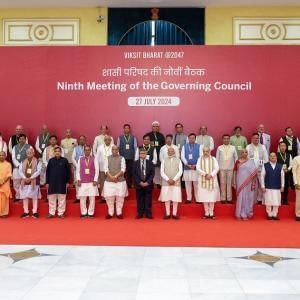 Why in News?
Why in News?
Recently, the 9th Governing Council Meeting of NITI Aayog was chaired by the Prime Minister, bringing together leaders from 20 states and 6 union territories. The meeting focused on the theme 'Viksit Bharat @2047', which aims to create a framework for India's development as a fully developed nation by the year 2047.
Key Takeaways
- Vision of a USD 30 Trillion Economy: India aspires to be the world's third-largest economy by 2047, targeting a GDP of USD 30 trillion, showcasing its commitment to sustained economic growth and global competitiveness.
- State Visions for 2047: States and districts were encouraged to develop their own visions for 2047, aligning with the national goal of becoming a developed nation.
- Zero Poverty Objective: A notable discussion point was the aim to eradicate poverty at the individual level, introducing the concept of 'zero villages' for holistic grassroots development.
- Infrastructure and Investment: Emphasis was placed on the need for improved infrastructure, law and order, and good governance to attract investments, alongside the proposal of an 'Investment-friendly Charter'.
- Education and Skill Development: The meeting highlighted the necessity of equipping youth with skills to enhance employability, thus positioning India as a global hub for skilled resources.
- Agricultural Productivity and Natural Farming: Discussions revolved around enhancing agricultural productivity and promoting natural farming to improve soil fertility and reduce costs.
- Ease of Living: Recommendations from the National Conference of Chief Secretaries were reviewed, focusing on essential services like drinking water, electricity, health, and education.
- Demographic Management Plans: The Prime Minister urged states to address future population aging issues through appropriate planning.
- Capacity Building: States were encouraged to enhance the capacity of government officials in collaboration with the Capacity Building Commission.
- River Grids: The creation of River Grids at the state level was advocated for effective water resource management.
- Cybersecurity and AI in Governance: The integration of technology in governance, particularly addressing cybersecurity and utilizing AI for better governance, was emphasized as crucial for future readiness.
Additional Details
- About the Governing Council: It is the leading body responsible for developing a shared vision of national priorities and strategies, actively involving states in shaping the development narrative.
- Members: The Governing Council includes the Prime Minister (Chairperson), Chief Ministers of states and union territories with legislatures, Lieutenant Governors of other UTs, and various ex-officio members from NITI Aayog.
- Functions: The Governing Council Secretariat coordinates meetings and activities, acting as the nodal division for matters related to NITI Aayog's Annual Report and handling parliamentary questions and grievances.
The 9th Governing Council Meeting of NITI Aayog underscores the collaborative approach required for national development. By aligning state-level initiatives with national objectives, India aims to pave the way towards a prosperous future by 2047.
Karnataka High Court Quashes POCSO Case
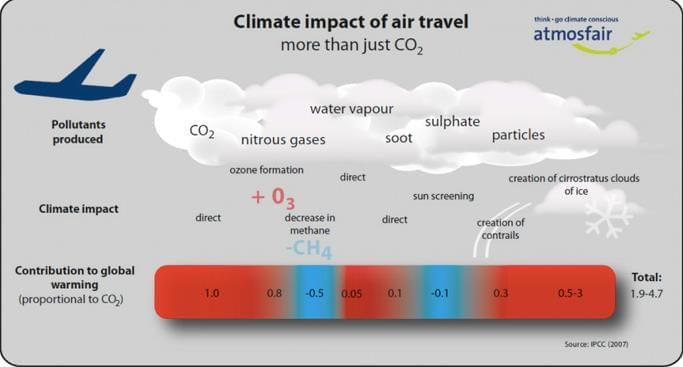 Why in News?
Why in News?
The Karnataka High Court has recently quashed proceedings under the Protection of Children from Sexual Offences (POCSO) Act, 2012 against a 23-year-old man accused of raping a minor, whom he later married. This decision includes a provision allowing for the revival of criminal proceedings if the man abandons his wife and child in the future, aimed at protecting the welfare of the mother and child.
Key Takeaways
- The court emphasized the importance of the welfare of the victim and child.
- The victim's potential hostility could hinder any conviction.
- Prolonging the trial may cause undue distress to the involved parties.
Additional Details
- Accused’s Counsel: Argued that the accused and victim were in a consensual relationship and that the marriage was supported by both families.
- State’s Counsel: Stressed the gravity of the offence and the need for a trial to reflect societal values.
- Court's Rationale: The court highlighted the need to protect the mother and child from societal stigma and potential harm.
The decision reflects the court's attempt to balance legal proceedings with the emotional and social realities faced by the victims in such cases, while also ensuring that the law serves its purpose of protection and justice.
What is the Protection of Children from Sexual Offences (POCSO) Act, 2012?
- About: The POCSO Act was enacted to safeguard children from sexual abuse, addressing legislative gaps despite the UN Convention on the Rights of the Child.
- Need: Prior to this Act, India's child protection laws were inadequate, leading to a rise in child sexual abuse cases.
- General Principles: The Act emphasizes the rights of children to dignity, survival, and protection against discrimination.
Key Provisions of the POCSO Act
- Trial of Offences: Special courts are established to expedite trials, with a mandate to complete them within a year.
- Confidentiality: The proceedings are designed to protect the child's privacy and dignity.
- Punishment: The Act prescribes severe penalties, including the death penalty for aggravated sexual assault.
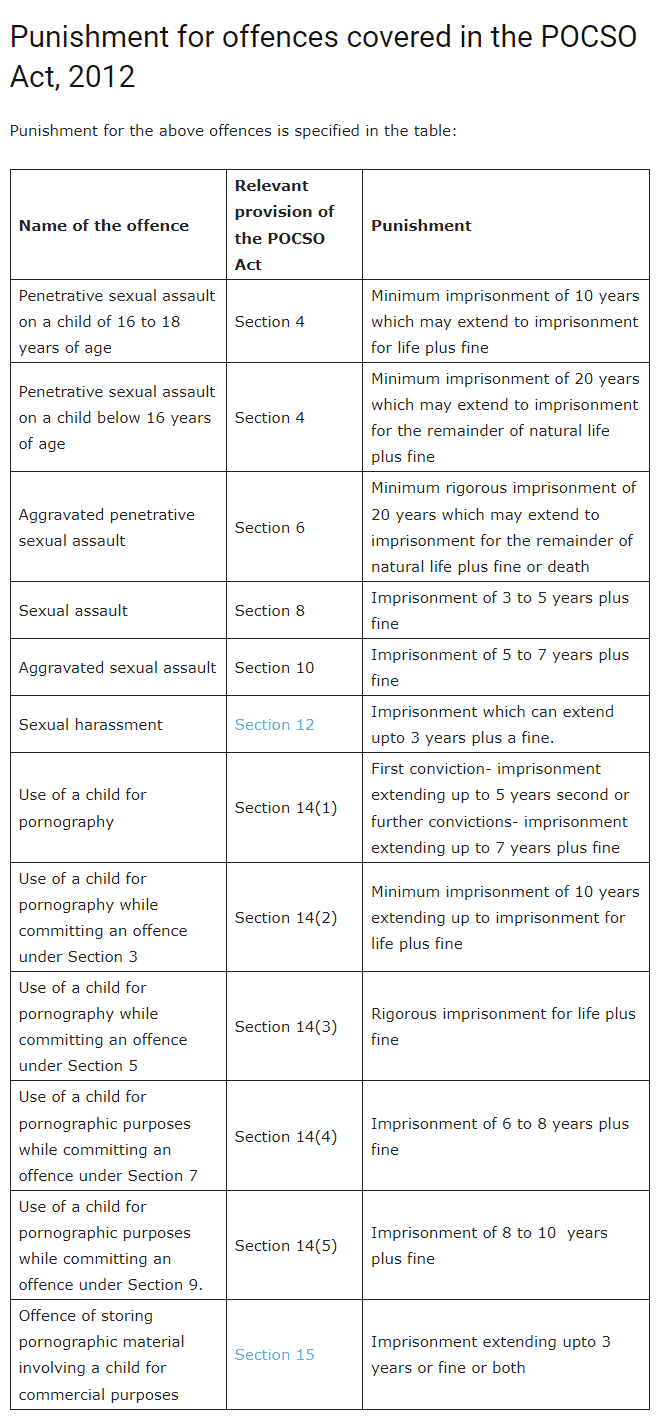
Shortcomings of the POCSO Act
- Application of Last Seen Theory: The Supreme Court has ruled this theory weak without corroborative evidence, posing risks of wrongful convictions.
- Consensual Sexual Activities: The Act prosecutes non-minor partners in consensual sex with minors, disregarding minors' consent.
- False Complaints: Exemption for children from punishment for false allegations may lead to misuse.
- Two-Finger Test: Despite being banned, this invasive test continues to violate the dignity of victims.
- Investigation Failures: Cases have been dismissed due to poor investigative practices, highlighting a need for reform.
In conclusion, while the POCSO Act plays a critical role in safeguarding minors from sexual abuse, its implementation faces challenges that must be addressed to ensure justice and protection for vulnerable children.
Pradhan Mantri Jan Dhan Yojana (PMJDY)
The Pradhan Mantri Jan Dhan Yojana (PMJDY), launched on August 28, 2014, was a crucial initiative by the Indian government to integrate the unbanked population into the formal financial system. As the scheme recently celebrated its 10th anniversary, Prime Minister Narendra Modi praised its significant role in enhancing financial inclusion and empowering millions, particularly women, youth, and marginalized communities.
Features of the Pradhan Mantri Jan Dhan Yojana (PMJDY)
- National Mission for Financial Inclusion: PMJDY aims to provide access to various financial services, including basic savings accounts, remittances, credit, insurance, and pensions.
- Account Accessibility: The scheme ensures that every household has at least one bank account.
- Zero Balance Accounts: Accounts can be opened without a minimum balance, making banking services more accessible to low-income individuals.
- Overdraft Facility: Account holders, especially women, are eligible for an overdraft facility of up to Rs. 10,000.
- Accident Insurance Cover: PMJDY account holders receive accident insurance coverage, which has been enhanced over the years.
- Direct Benefit Transfers: Accounts are eligible for various government schemes and benefits.
- Financial Literacy: The scheme promotes financial literacy among account holders.
- Bank Mitras: Bank representatives are employed to enhance the scheme's accessibility, particularly in rural and remote areas.
Progress of the Pradhan Mantri Jan Dhan Yojana (PMJDY)
- Large Number of New Bank Accounts:. A total of 53.1 crore accounts have been opened under the scheme, with 29.56 crore accounts belonging to women. - The number of accounts opened is greater than the population of the European Union and nearly equal to that of the United States.
- Bank Accounts by Type:. Public Sector Banks: 41.42 crore accounts - Regional Rural Banks: 9.89 crore accounts - Private Sector Banks: 1.64 crore accounts - Rural Cooperative Banks: 0.19 crore accounts
- State-wise Analysis of Accounts:. Uttar Pradesh: 9.45 crore accounts (highest) - Lakshadweep: 9,256 accounts (lowest) - Other States with Over 1 Crore Accounts: Bihar, West Bengal, Madhya Pradesh, Rajasthan, Maharashtra, Assam, Odisha, Karnataka, Jharkhand, Gujarat, Chhattisgarh, Tamil Nadu, Andhra Pradesh, Telangana, Haryana.
Impact and Achievement of Pradhan Mantri Jan Dhan Yojana
- Banking to the Unbanked:. The opening of 53.1 crore bank accounts has significantly promoted financial inclusion. - According to the World Bank’s Findex database, the percentage of Indian adults with bank accounts increased from 53% in 2014 to 78% in 2021.
- Narrowing the Rural-Urban Financial Access Gap:. 67% of the accounts opened under PMJDY are in rural or semi-urban areas, helping to narrow the access gap to formal banking between rural and urban regions.
- Bridging the Gender Gap in Financial Access:. Approximately 56% of new account holders are women, helping to bridge the gender gap in accessing financial services.
- Expansion of Commercial Bank Infrastructure:. The demand for banking services has increased due to the large number of accounts, encouraging commercial banks to expand their infrastructure. - Notable increases in financial infrastructure from 2013 to 2023 include: - Scheduled commercial bank branches: 1,05,992 to 1,54,983 (46% increase). ATMs: 1,66,894 to 2,16,914 (30% increase). Points of Sale (POS) machines: 10.88 lakh to 89.67 lakh (82% increase)
- Promotion of Direct Benefit Transfer (DBT):. PMJDY is a key component of the JAM trinity (Jan Dhan, Aadhaar, and Mobile), facilitating efficient direct benefit transfers. - The JAM trinity has enabled cumulative transfers of Rs 38.5 lakh crore.
- Prevention of Financial Leakages:. DBT through Jan Dhan accounts has helped prevent financial leakages by identifying ineligible or fake beneficiaries. - For example, the RBI reports a gain of Rs 3.48 lakh crore in implementing government schemes like MG-NREGS and PM-Kisan.
- Support to Citizens in Times of Distress:. The JAM architecture has been used to support citizens during crises, such as transferring Rs 500 to 20 crore women Jan Dhan account holders during the pandemic.
- Promotion of Digital Payments and Digital Economy:. The JAM framework is integral to the Unified Payments Interface (UPI), transforming payment systems and increasing banking transactions, leading to significant economic gains.
Challenges with the Scheme
- Account Dormancy and Inactivity:. Despite over 53 crore accounts opened, many remain dormant. - Approximately 86.3% of PMJDY accounts are operational, indicating a significant number of inactive accounts.
- Use as Mule Accounts:. Concerns exist about PMJDY accounts being used for fraudulent activities like money laundering. - Instances of large sums deposited in dormant accounts post-demonetization in 2016 raised red flags.
- Infrastructural Issues:. Inadequate physical and digital infrastructure, especially in rural areas, hampers transaction capabilities. - Lack of bank branches and functional ATMs in states like Bihar and Uttar Pradesh poses challenges.
- Technological Barriers:. Poor internet connectivity and outdated banking technology hinder effective service delivery to remote account holders.
- Lack of Financial Literacy:. Beneficiaries often lack awareness of the facilities and benefits available under PMJDY. - Knowledge gaps about overdraft facilities and insurance covers impede effective usage.
- Duplication of Accounts:. Opening multiple Jan Dhan accounts under different schemes complicates data management. - It skews the understanding of actual beneficiary numbers and program impact.
- Exclusion of Certain Populations:. Marginalized groups like tribal populations face exclusion due to social and geographical barriers. - Low banking penetration in tribal regions of Chhattisgarh and Jharkhand limits access.
- Gender Disparity:. In conservative rural areas, women may not use PMJDY accounts independently due to social norms. - This restricts their financial autonomy and participation in the scheme.
Way Forward
- Enhancement of Financial Literacy:. Implement widespread financial literacy campaigns in collaboration with local community leaders, NGOs, and educational institutions to promote financial literacy and better utilization of Jan Dhan accounts.
- Encouragement of Active Use of Accounts:. Incentivize the active use of PMJDY accounts by linking them with various government schemes, subsidies, and benefits, such as offering interest on savings, overdraft facilities, or cashback for digital transactions.
- Greater Integration of Financial Services:. Integrate financial services like microcredit, pension, and insurance products with Jan Dhan accounts to encourage active usage and provide additional benefits to account holders.
- Improvement of Banking Infrastructure:. Expand the banking network, especially in underserved rural and remote areas, by establishing more branches, ATMs, and digital banking touchpoints. - Encourage the use of Business Correspondents (BCs) and mobile banking units to reach remote areas and enhance financial inclusion.
- Regular Monitoring and Feedback Mechanism:. Establish a system for regular monitoring and evaluation of PMJDY’s progress and collect feedback from beneficiaries to identify areas for improvement and ensure the scheme adapts to changing needs.
Hema Committee Report on Malayalam Film Industry
- The report, prepared by the Hema Committee on the instructions of the Kerala Government, highlighted various issues within the Malayalam film industry.
- Key Issues Identified:
- Power Dynamics: The existence of a 'power group' within the industry.
- Casting Couch: Incidents of couch casting, where individuals are pressured into sexual activities for roles.
- Lack of Facilities: Deficiencies in essential facilities such as toilets, changing rooms, and safe transportation for crew and cast members.
- Impact on #MeToo Movement: The issues raised by the committee brought renewed attention to the #MeToo Movement and the sexual harassment of women in the workplace.
Reasons for Sexual Harassment at Workplace
- Male Domination: There are sexual demands for women to meet in order to rise into higher positions in the workplace.
- Online Harassment or Cyberattacks: Women face trolling and threats involving vulgar pictures, videos, and other offensive content.
- Legal Non-compliance: Many workplaces lack an efficient Internal Complaint Committee (ICC) as required by the POSH Act, 2013. The ICC is mandatory in all establishments employing 10 or more persons, with a majority of women members.
Major Recommendations
- Characterisation of Women in Cinema: Depict women in powerful roles such as Civil Servants, Ambassadors, and leaders.
- Gender Awareness Training Program: Challenge the male monopoly of power and promote gender equality.
- Redefining Masculinity and Femininity: Masculinity should be associated with justice, equality, and compassion, while femininity should not be linked to passiveness and silent suffering.
- Creation of a Welfare Fund: Establish a fund to support women taking job breaks due to childbearing, health issues, or other responsibilities.
Other Measures to Address Sexual Harassment at Workplace
- Indecent Representation of Women Act, 1987: This Act aims to prohibit the indecent representation of women in various forms, including advertisements, publications, and other media.
- Vishakha and Others Vs State of Rajasthan (1997): In this landmark case, the Supreme Court of India established the duty of employers to prevent and deter acts of sexual harassment in the workplace. The court laid down guidelines to ensure a safe working environment for women.
- Bharatiya Nyaya Sanhita, 2023: This legislation includes provisions for addressing sexual offenses against women and children. Chapter V of the Act deals specifically with sexual offenses, aiming to strengthen legal measures against such crimes.
- Government Initiatives: Programs like SHe-Box (a platform for women to report sexual harassment) and Working Women Hostels (providing safe accommodation for working women) are part of government efforts to address and prevent sexual harassment in the workplace.
Overview of the Bombay HC Ruling on IT Rules 2023
The Bombay High Court has invalidated the 2023 amendment to the IT Rules, which aimed to empower the government to identify and flag fake news on social media platforms. This decision came in the context of the case involving comedian Kunal Kamra and the Union of India.
Background of the Case
- In 2023, an amendment was made to the IT Rules, specifically Rule 3(1)(b)(v), which allowed the government to designate fake news related to its business on social media through the Fact Check Unit (FCU).
- Social media intermediaries were required to flag and remove such content, failing which they would face legal action and lose their safe harbor protections.
- However, the Supreme Court had previously stayed the Centre's notification establishing the FCU within the Press Information Bureau (PIB).
Key Observations by the Bombay High Court
- The High Court found the 2023 amendment to be ultra vires, meaning it was beyond the powers granted by the IT Act, 2000.
- The rules were deemed to violate Principles of Natural Justice and fundamental rights, including:
- Article 14: Equality before Law
- Article 19 (1) (a): Freedom of Speech and Expression
- Article 19 (1) (g): Freedom to practice any profession
- Article 21: Right to Life and Personal Liberty
- The Court criticized the rules for being vague and not clearly defining what constitutes fake or misleading news.
- It also highlighted the absence of a "right to the truth," suggesting that the State is not obliged to provide citizens with only accurate information as determined by the FCU.
- Furthermore, the rules failed to meet the test of proportionality, which assesses the legitimacy, suitability, necessity, and balancing of the law in relation to the rights it may infringe upon.
Understanding the Test of Proportionality
The Test of Proportionality is a legal principle used to ensure that any restriction on fundamental rights is justified and balanced. It consists of four key components:
- Legitimacy: This aspect evaluates whether the law serves a valid government objective. In other words, it asks if the purpose of the law is legitimate and deserving of legal action.
- Suitability: Suitability assesses whether the law effectively addresses the objective it aims to achieve. It considers whether the measures taken by the law are appropriate for fulfilling its purpose.
- Necessity: The necessity component examines whether the law is essential for achieving its goals. It also explores whether there are less restrictive alternatives available that could achieve the same objective without infringing on rights as much.
- Balancing: Balancing involves weighing the benefits of the law against the rights it may infringe upon. It considers whether the advantages of implementing the law outweigh the negative impact on individual rights.
In the context of the Bombay HC ruling on IT Rules 2023, the court found that the amendment failed to satisfy the test of proportionality. This means that the restrictions imposed by the rules were not justified when considering the fundamental rights they affected.
|
38 videos|5269 docs|1114 tests
|
















